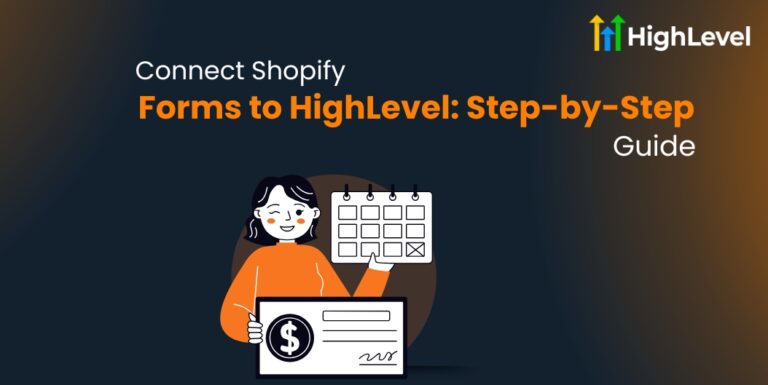How to Use HighLevel Functionality in GoHighLevel (GHL)
Are you wasting time clicking through endless menus and manually sending follow-ups? Now wondering if there’s a better way?
Most High Level users only scratch the surface of what’s possible, leaving powerful profit-boosting features untouched. Those who master these advanced capabilities see client retention rates double and service delivery time cut in half.
How to Use HighLevel Functionality in GoHighLevel (GHL)
Let me show you how to unlock HighLevel’s true power with advanced features that will transform your workflow. In this guide, I’ll walk you through the steps I used to cut my workload in half while delivering better client results.
Step 1: Accessing Advanced Features in HighLevel
Before diving into high-level functionality, you need to know where to find these powerful tools.
Tip: Start with one advanced feature at a time rather than trying to implement everything at once!
Step 2: Setting Up Automated Workflows
Method 1: Creating Custom Workflows
HighLevel’s workflow builder allows you to create powerful automation without coding knowledge.
Pro Tip: Start with simple workflows and gradually add complexity as you become more comfortable!
Method 2: Leveraging Pre-Built Workflow Templates
Save time by using HighLevel’s ready-made automation templates.
Trick: Duplicate successful workflows and modify them slightly for different purposes instead of starting from scratch!
Method 3: Setting Up Multi-Channel Follow-up Sequences
Create powerful nurture sequences that work across multiple channels.
Example: Set up a 7-day follow-up sequence that alternates between email and SMS, with different messages based on whether prospects opened previous communications.
Step 3: Integrating Third-Party Tools
HighLevel gets even more powerful when connected to your other business tools.
Go to “Settings” or “Integrations”
Common integrations include payment processors, CRMs, email marketing platforms, and calendar tools.
Step 4: Tracking and Optimizing Your Advanced Features
Monitor Performance
Make Data-Driven Improvements
Identify workflows or features that aren’t performing well. Make one change at a time to isolate variables. A/B test different approaches when possible. Review analytics after each change.
Document what works for future reference.
Related guide: Gradient Buttons in GHL
Step 5: Scaling Your High-Level Functionality
Once you’ve mastered basic and advanced features, consider these scaling strategies:
Implement user role management for team access. Create playbooks to standardize processes. Build dashboard views for quick monitoring. Set up regular automated reports. Consider white-labeling options for client access
Bonus: 30-Day Free Trial & Free Consultation!
Want to implement advanced HighLevel features without the learning curve? We’re offering a 30-day free trial and a free consultation to help you set up powerful automations!
Click below to get started! Claim Your Free Trial & Consultation Now!






![How to Use Trigger Links in GHL Detailed User Manual [2025]](https://highlevele.com/wp-content/uploads/2025/06/How-to-Use-Trigger-Links-in-GHL-Detailed-User-Manual-2025-1-768x385.jpg)
